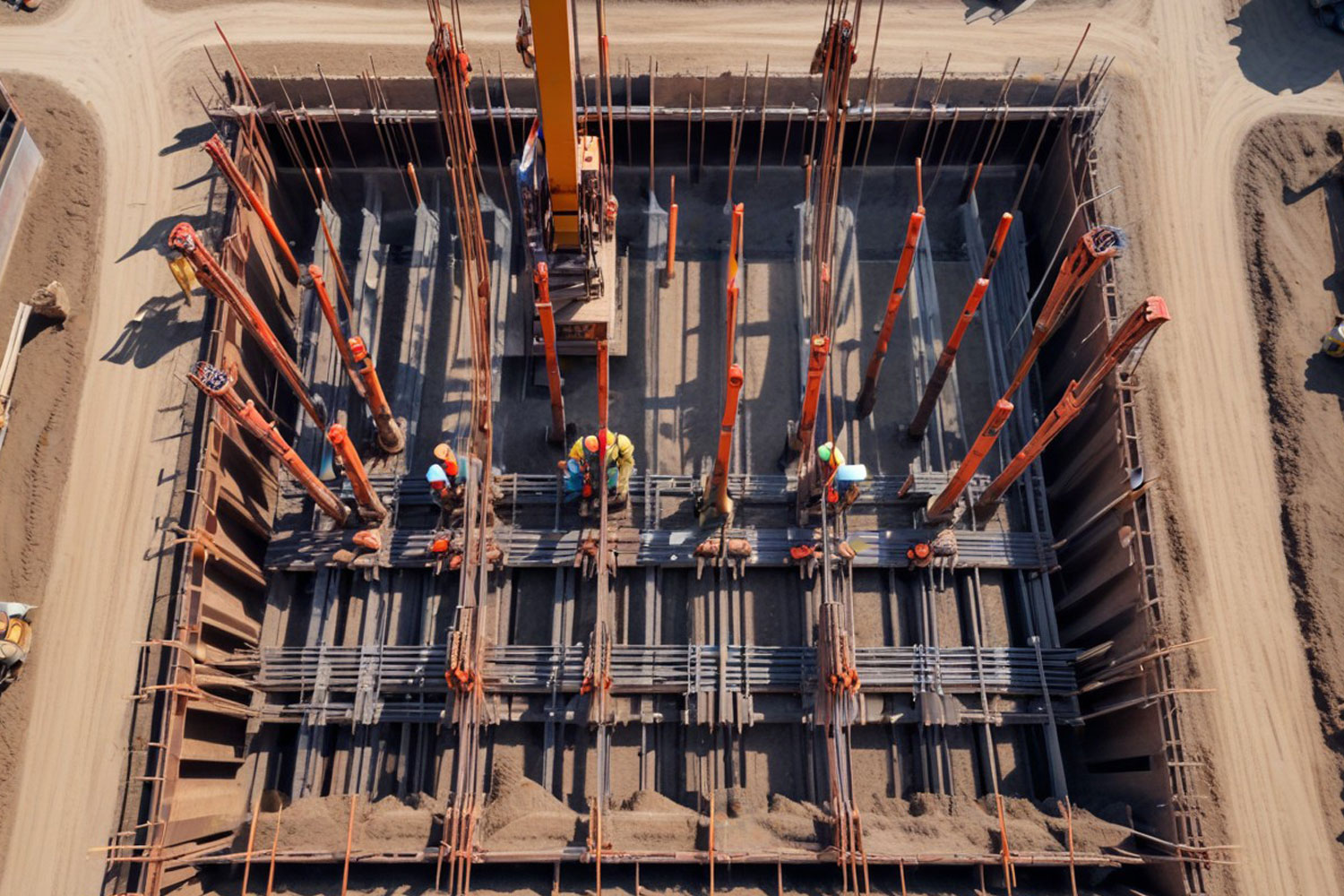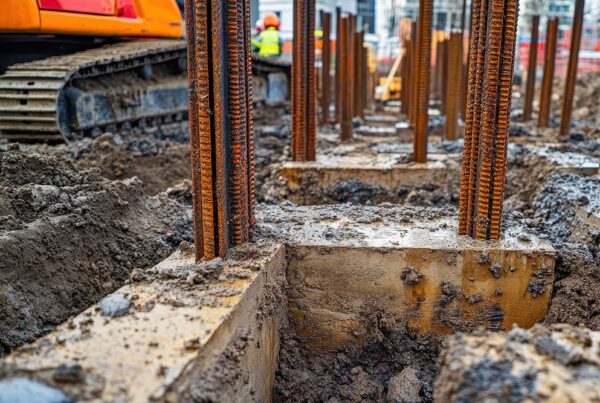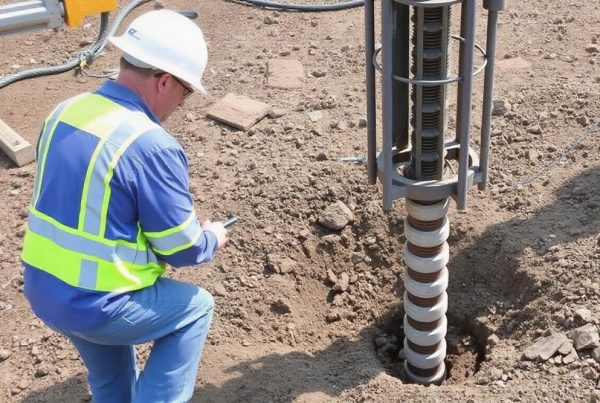Driven piles have long been a cornerstone in foundation engineering, offering numerous advantages in terms of stability, load-bearing capacity, and durability. These piles are typically made of steel, concrete, or timber and are forcefully driven into the ground using specialized equipment. In this article, we will delve into the various advantages of driven piles and their significance in construction projects.
1. Enhanced Stability:
One of the primary advantages of driven piles is their ability to provide excellent stability, especially in challenging soil conditions. By being forcefully driven into the ground, these piles penetrate through soft or loose soil layers and reach stable strata, thereby offering reliable support for structures. This enhanced stability minimizes the risk of settlement and ensures the long-term integrity of the foundation.
2. High Load-Bearing Capacity:
Driven piles are renowned for their exceptional load-bearing capacity, making them suitable for supporting heavy structures and infrastructure projects. The driving process compacts the surrounding soil, effectively increasing the bearing capacity of the pile. Additionally, driven piles can be installed to considerable depths, allowing them to transfer significant loads to deeper, more stable soil layers, thus accommodating a wide range of design requirements.
3. Rapid Installation:
Another significant advantage of driven piles is their relatively quick installation process compared to other foundation types. Once the driving equipment is set up, piles can be installed rapidly, saving time and labor costs on construction sites. This efficiency is particularly advantageous in projects with tight schedules or where delays in foundation work can impact the overall project timeline.
4. Versatility:
Driven piles offer versatility in terms of materials, sizes, and configurations, making them adaptable to various project requirements and site conditions. Whether steel, concrete, or timber, driven piles can be customized to suit specific load and environmental considerations. Additionally, they can be installed individually or in clusters, allowing for flexible foundation designs to accommodate complex structural layouts.
5. Durability:
Driven piles exhibit excellent durability, capable of withstanding environmental factors such as moisture, corrosion, and seismic activity. Steel piles are often coated with protective layers to enhance their resistance to corrosion, while concrete and timber piles are treated to resist decay and deterioration over time. This inherent durability ensures the longevity of driven pile foundations, reducing the need for frequent maintenance and repairs.
6. Minimal Environmental Impact:
Driven pile installation typically generates minimal disturbance to the surrounding environment compared to other foundation methods such as drilled shafts or vibro-compaction. The driving process produces minimal spoil and noise, making it suitable for urban areas or sensitive ecological sites. Furthermore, driven piles can be extracted and reused if required, minimizing waste and conserving resources.
Conclusion:
Driven piles offer numerous advantages that make them a preferred choice in foundation engineering. From enhanced stability and high load-bearing capacity to rapid installation and durability, driven piles provide reliable support for a wide range of construction projects. Their versatility and minimal environmental impact further contribute to their appeal, making them an indispensable component in the construction industry. By leveraging the benefits of driven piles, engineers and builders can ensure the stability, resilience, and longevity of structures in diverse environments.






